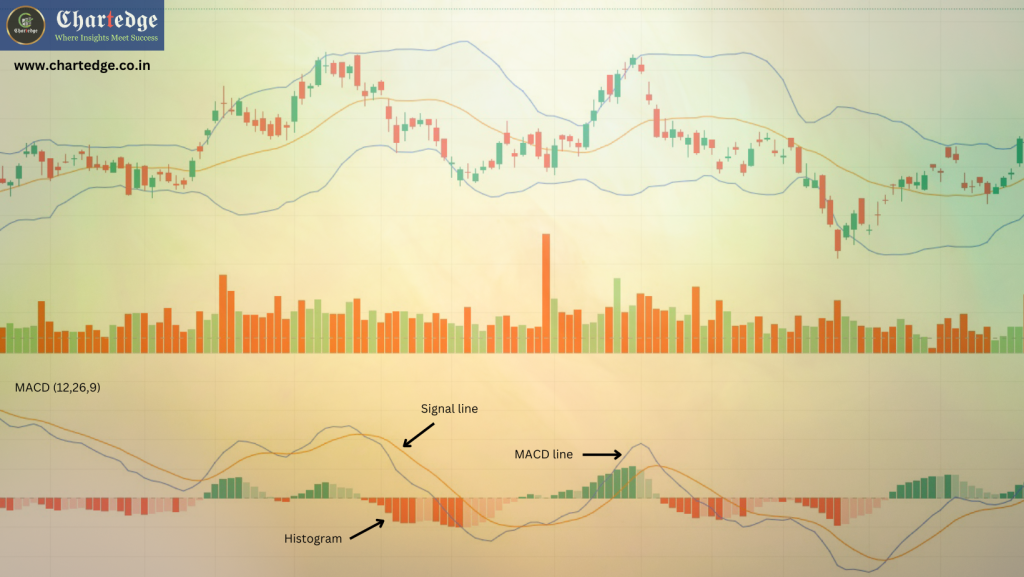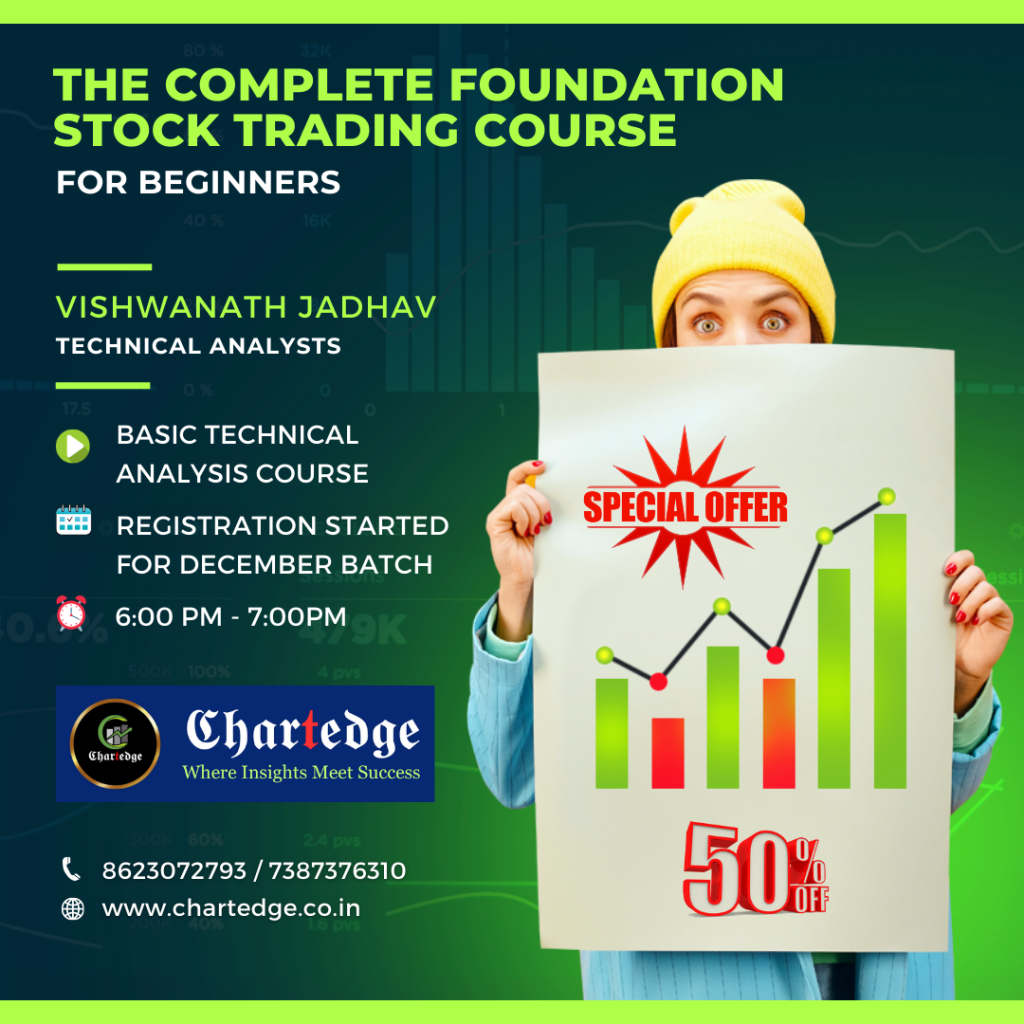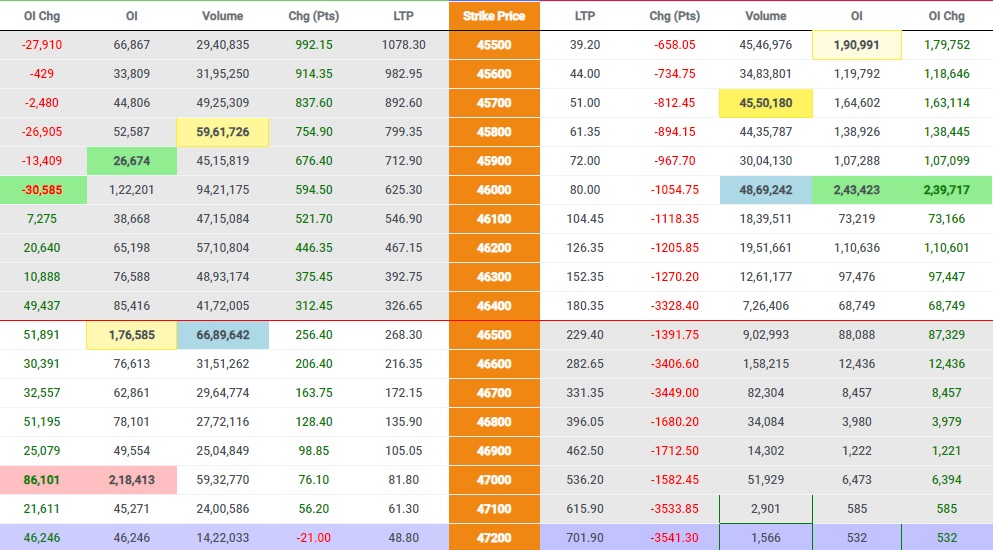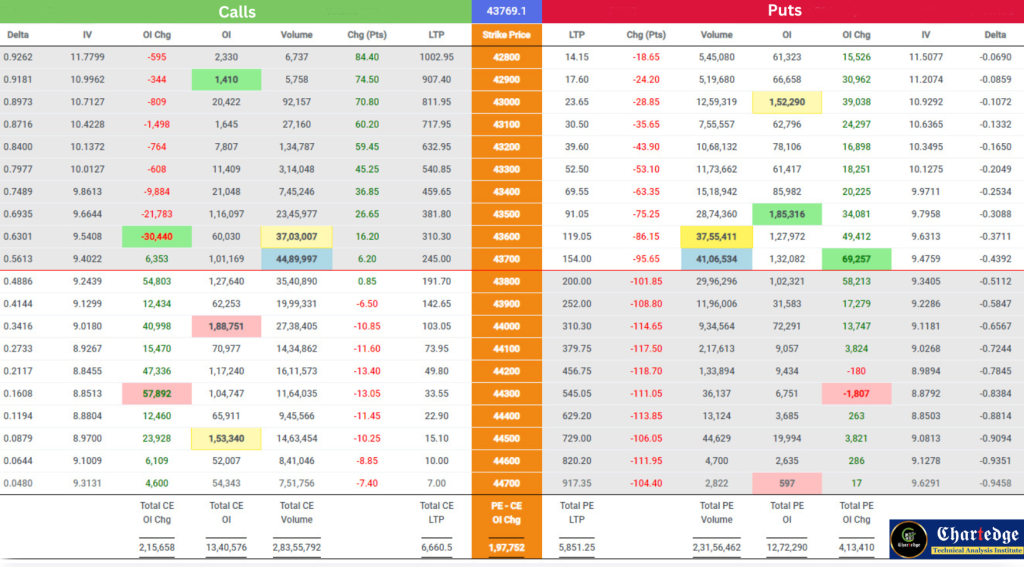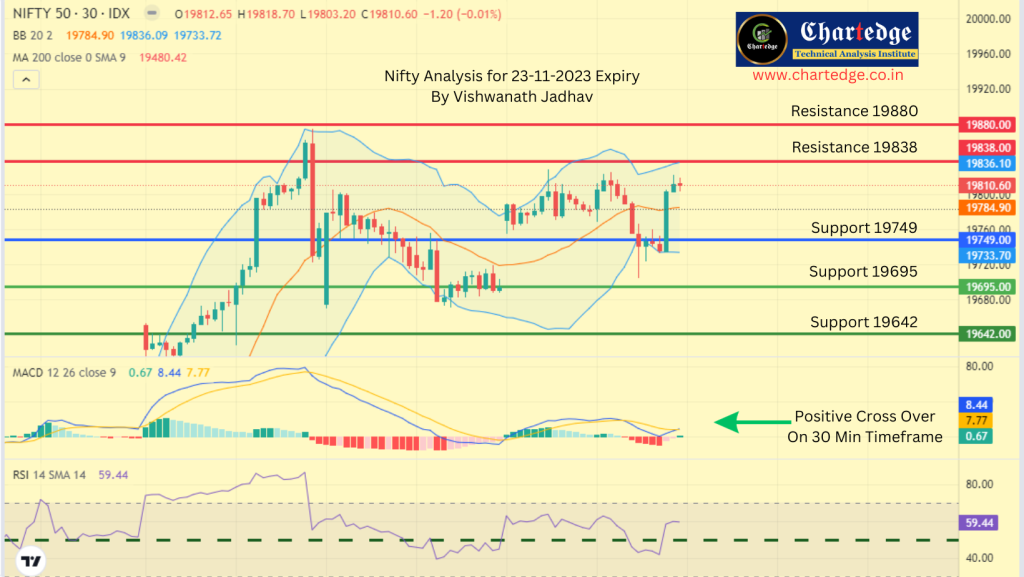10 Powerful Futures and Options Trading Strategies for Beginners

Introduction: Futures and Options Trading Strategies for Beginners
Are you brand new to options and futures trading? Do you feel confused by the language and the complexities of it all? In this article, I will discuss some futures and options trading strategies for beginners which I implemented in my trading. In the end you’ll have a good knowledge of the fundamentals and some helpful tips to start your journey to trading.
What Are Futures and Options?
Let’s begin with the fundamentals. Before we get into futures and options trading strategies for beginners, it is important to know the difference between options and futures. Options and futures represent financial instruments that permit traders to speculate about the future prices of assets without actually holding the assets. When it comes to the futures market, it’s a contract to purchase and sell an item for an agreed price at a future date. Options are, however give the buyer the ability (but it is not a requirement) to purchase or sell the asset at the price specified within a specified time frame.

Advantages of Trading Futures and Options
Futures and options trading strategies for beginners has many advantages
- The leverage: By making a modest amount of money, you can take control of an even bigger place.
- Diversification: Explore various types of assets such as commodities, stocks, Indices and currencies.
- Risk Management: Affirm price changes to safeguard your investments.
Choosing the Right Brokerage
The choice of the right broker is essential to the success of your trade. Be sure to look for these features:
- Lower Commissions: Reduce the cost of trading.
- User-Friendly Platform: Simple to navigate trading interface.
- Educational Resource: access to education tools and materials for research.
Setting Up Your Trading Account
After you’ve selected a broker now is the time to create an account to trade. Take these steps
- Complete the Required Information: Complete the necessary forms and supply identity documents.
- Fund Your Account: Place the initial deposit to get trading.
- Learn about the platform: Familiarize yourself with the features of the trading platform.
Basic Trading Strategies
Let’s now dive into the fundamental futures and options trading strategies for beginners:
Risk Management
The management of risk is crucial in the trading of options and futures. Here’s how to safeguard your investment capital:
- Stop-Loss Orders: Create specific exit points that are pre-defined to reduce losses.
- Multiply Your Portfolio: Your investments are spread across various assets.
- Utilize leverage in a prudent manner: Be cautious when making use of leverage to avoid major losses.
Advanced Strategies
As you get more knowledge, think about advanced strategies like:
- Spread Options: Mix multiple contracts for options to decrease the risk.
- Straddle and Strangle: Make money from the volatility through these strategies for options.
- Iron Condor: Make money by selling call options as well as put option.
Common Pitfalls to Avoid
The majority of beginners make these mistakes Learn to avoid these mistakes:
- The concept of over trading is to: Beware of excessive trades and stick to your plan of action.
- Inattention to Research: Always conduct thorough research prior to making trades.
- Letting emotions rule: Keep emotions in control; avoid making decision based on emotion.
Frequently Asked Questions (FAQs)
How much amount of capital needed to begin trading options and futures?
Minimum capital requirements varies according to the broker and the type of asset you’re trading. It can vary from a few rupees one lakh to three lakh in Indian stock market.
Can I trade options and futures without previous knowledge?
Although it’s feasible however, it’s strongly recommended to learn and practice on an account demo before trading using real cash. Joining a technical analysis course is the best idea before you start.
What should I consider when choosing the best futures or options contract?
Take into consideration factors such as your tolerance to risk, your investment goals along with market and economic conditions while choosing contracts.
What’s the distinction between call and put option?
A call option grants the owner the right to purchase an asset while a put option gives the option to sell the asset.
Can I lose more than the initial amount I invested?
Yes, trading in futures and options can carry the possibility that you will lose more the initial investment, especially if making use of leverage.
How can I keep up-to-date on market trends and news?
Utilize financial news sites or subscribe to newsletters and follow reliable analysts and traders through social media.
Conclusion:
You’ve made the first step to the world of futures and options trading. Remember that the success of trading is based on persistence, ongoing learning and a disciplined approach to risk management. With the futures and options trading strategies for beginners and the dedication to learning new abilities, you will be able to manage the markets with confidence. Have fun trading!

The must-know websites for Indian stock market www.nseindia.com and www.bseindia.com.








